
A building without a roof is inhabitable. Even if you choose to pay less attention to your roof type, it remains an essential part of building construction.
A beautifully designed roof also defines the overall look of a house. The shape creates a unique appearance for your home.
Roofs also provide insulation and ventilating properties. The structure of your roof can determine how energy efficient your home will be.
Here’s a compilation of the best types of roofing, the materials that best go with constructing them, and their pros and cons.
Types of Roofing
Go through the list and choose the roof type that best suits your needs.
1. Gable

Gable roof is also known as a pitched roof. It is a common type of roof and can easily be recognized by its triangular shape. The roof is simply one side up and the other side down, just like a dog house.
Gable roofs are friendly to all types of materials. But if they contain hips and valleys, consider using metal shingles or standing seam to avoid leaks.
There are four types of gable roofs; crossed gable, side-gable, dutch gable, and front gable.
A crossed gable roof is constructed by putting two gable roof sections together at a right angle with two ridges perpendicular to each other. They may or may not have equal heights, lengths, and pitches. A side gables, on the other hand, has two equal sides pitched at an angle in the middle of the building. It is the primary type of gable roof, which can be constructed in two ways. The triangle section can be left open or close, forming open or boxed gable.
A Dutch gable is constructed as a hybrid of gable and hip roof by placing a gable roof on top of a hip roof for more space. The front gable is usually placed at the entrance of a house just as you see in colonial style houses.
Pros
- A gable roof easily sheds water
- It provides more space for an attic
- Allows more ventilation
- Easy to build
- Less expensive
Cons
- It is not suitable for windy and hurricane areas
- Gable roofs can collapse if frames are not constructed properly
- High winds can cause materials to detach from the roof
2. Mansard Roof

This is another popular type of roofing. It is four-sided with a double slope on each side. The sides are constructed to meet a flat top forming a low-pitched roof. Mansard roof is also known as a French roof. It looks like a comfortable building hat.
Metal, copper, or zinc materials are most suitable for a durable mansard roof design but may be expensive. You can also use wood or slate shingles. Mansard roof comes in straight-angle, concave, or conveys silhouettes, depending on what you desire.
Pros
- It creates an extra living space for a full attic or living quarters
- It is flexible for home additions
- Simple mansard is cheap
- Extra living space adds value to the house
Cons
- A low-pitched mansard roof is not recommended for use in regions with high rainfall
- Typical Mansard can be costly
3. Hip roof

Hip roofs usually have four sides, just like the mansard roof, but two sides are triangular and the other two are trapezoid. All sides of a hip roof slope downwards towards the walls, with equal lengths. Almost all types of materials are suitable for constructing a hipped roof house.
There are three types of hip roofs; simple hip, crossed hip, and half-hipped. Simple hip roofs are most common. The two sides of this roof form a single ridge at the top. Crossed hip roofs have separate hip roofs like a crossed gable. The two roofs meet at a valley. The half-hipped roof is a standard hip roof with two of its sides shortened to form eaves.
Pros
- Durable and sturdy
- It is excellent for windy areas
- It also offers extra living space like a mansard roof
Cons
- Expensive and complex
- It can develop water leaks in the valley if not well installed
- It requires extra maintenance
4. Shed Roof

Also referred to as lean-to, a shed roof is a single sloping roof attached to a taller wall. It doesn't have any adjoining roof and can be installed on an independent building or leaned into an already existing one.
Shed roofs were mostly used for home additions but are getting popular for modern home roofing. This type of roofing can be used for building eco-friendly homes or homes with PV solar panels. Standing seam roofing materials can be used for shed roofs.
Pros
- Ease to assemble
- Suitable for rainy regions
- Less expensive
- Allows natural light
Cons
- Shed roofs are not suitable for areas with high wind
- When the pitch is too high, the ceiling becomes too low
5. Gambrel Roof

Gambrel roof has two different slopes – one side is an almost vertical steep slope while the other slope is lower. They are common on barns but are getting popular in modern home constructions.
Wooden, slate, or asphalt materials are suitable for installing a gambrel roof. Use metal roofing materials to cut maintenance costs and make the roof more durable.
Pros
- It allows extra living space
- Easy construction
- Less expensive
- It provides more storage, which makes it suitable for sheds or storage building
Cons
- Not advisable for high-wind areas
- It needs waterproof at the ridges
- Regular maintenance
- Windows in extra space may increase the chances of leaks
6. Flat Roof

Flat roofs are not as flat as the name suggests. There is a slight pitch of around 10 degrees of slope that allows water run-off. Flat roofs are common to commercial and industrial buildings.
With a flat roof, you can have an outdoor living space that can be enclosed for a penthouse. The roof usually has centrally located drains or gutters to evacuate rainwater.
Roll roofing, metal sheets, tar and gravel, and rubber membrane are the most suitable materials for flat roofs.
Pros
- It allows heating and cooling units to be installed on the roof
- Suitable for installing solar panels when constructing an eco-friendly house
- Less expensive to construct
Cons
- Flat roofs are more susceptive to water
- Not suitable for high rainfall areas
- Frequent maintenance and repairs
7. Bonnet Roof

Bonnet roofs are like a reverse of mansard roofs. They have double slopes – upper and lower slopes. The lower slopes are at a lesser angle than the upper slopes. This means that it has a steep top and a flat bottom. They are often called kicked-eaves.
The lower slopes that overhang create a cover for an open porch. Bonnet roof can be constructed with any type of roofing including natural stone.
Pros
- Bonnet roofs allow extra living space for a small attic or vaulted ceilings
- They also allow dormers
- Overhanging eaves provides wall protection from water damage
- Durable
Cons
- Difficult to construct
- They need complex materials
- More expensive
- Extra precaution is needed to waterproof the valley
8. English Hip Roof

Also known as the jerkinhead roof, the English hip roof is a hip roof with two sides. It looks like a gable roof with two hipped ends. An English hip roof can be constructed with any roofing material, depending on your choice.
Pros
- It is more stable than a gable roof
- More resistant to wind damage
- Provides more space than a hipped roof
- It can create more living space if it's pitched higher
Cons
- Expensive
- Complex to build
9. Saltbox Roof

The saltbox roof is asymmetrically designed to having two stories in front and one at the back. One side of the roof is like a slightly sloping flat roof and the other side is more of a lean-to roof. All roofing materials are suitable for constructing a saltbox roof.
Pros
- The roof is suitable for areas with heavy rainfalls
- More durable than a gable roof
- Adds more living space
Cons
- Costly
- Extra living space is not as much as a regular pitched roof
- Some rooms may have slanted ceilings
10. Butterfly roof

Butterfly roofs are aesthetically unique. They look like a butterfly in flight and are V-shaped with two sides of the roof adjoined at the center. This style of roofing is popular for modern tropical and eco-friendly home designs. Use solid continuous membrane without seams to keep the roof watertight. You can also use metal roofing materials.
Pros
- The upper angles allow larger windows and give the room more natural light
- The rainwater collected at the midsection is efficient for drought areas
- Great for eco-friendly home design because it allows the installation of PV solar collection and water barrels
Cons
- Complex to build
- More expensive
- Requires extensive maintenance
- Waterproof is essential
- Leak and water pool can lead to roof collapse
Conclusion
Consider the pros and cons of a roof type before choosing it for your house. The weather condition of the location of your site should be at the forefront when making a choice.
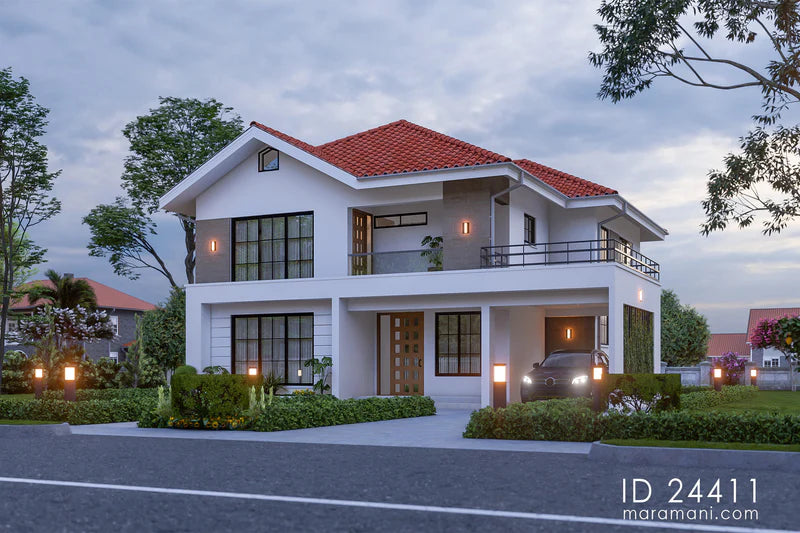
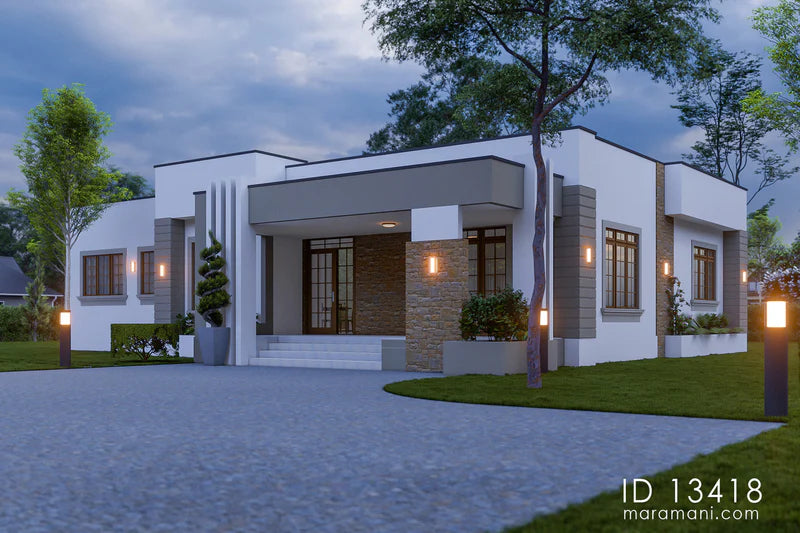
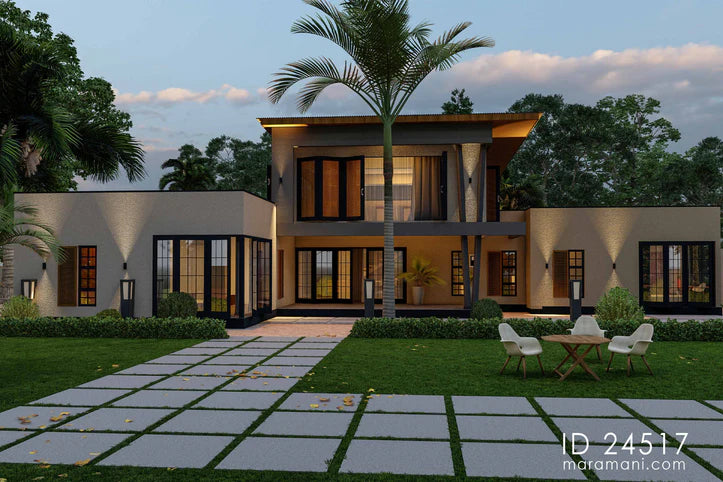
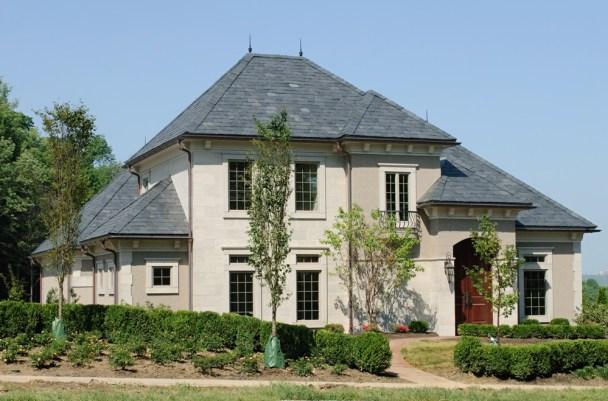
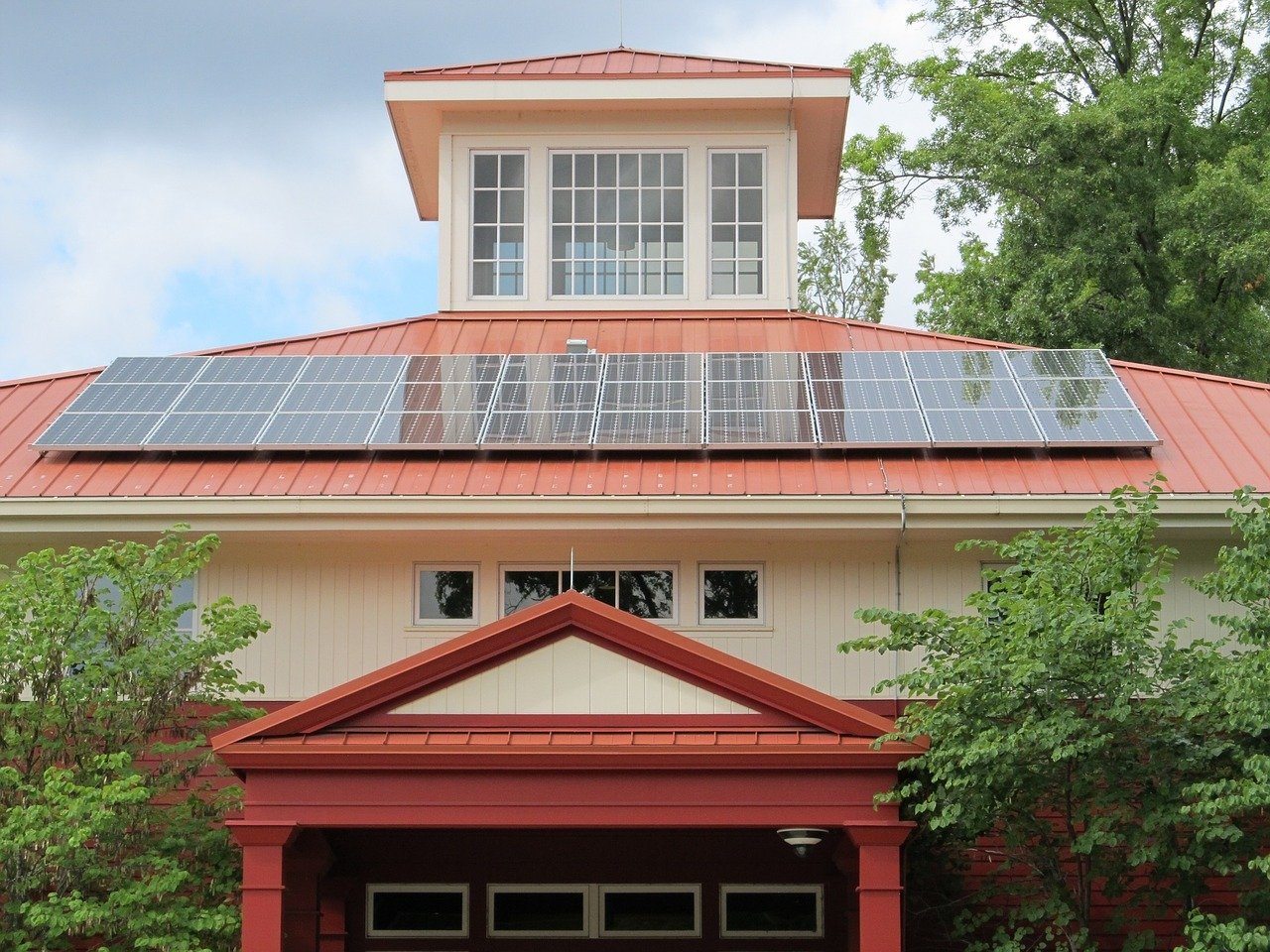
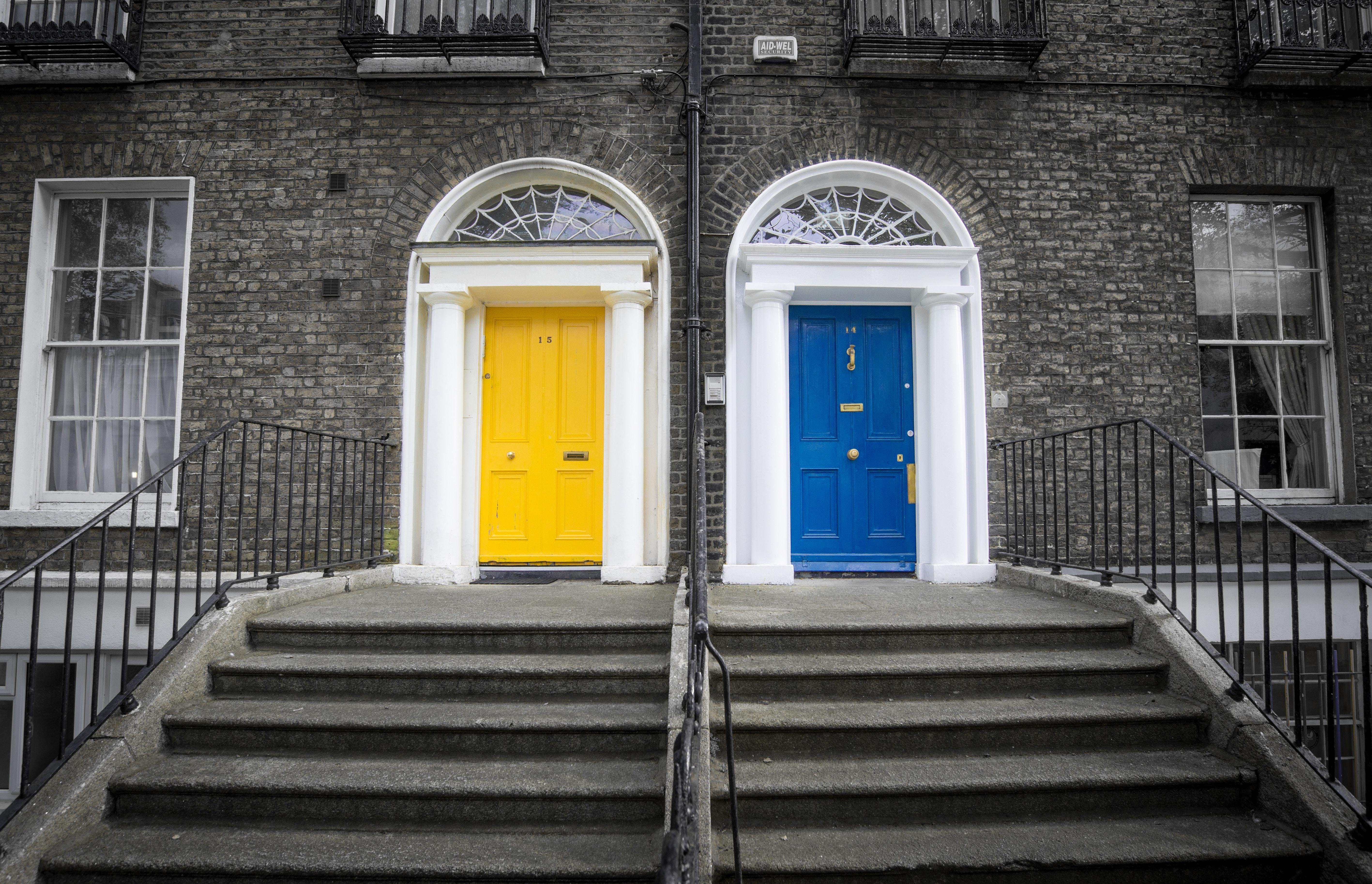
Leave a comment
This site is protected by hCaptcha and the hCaptcha Privacy Policy and Terms of Service apply.